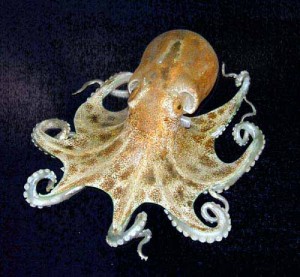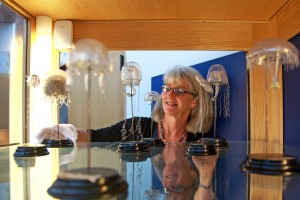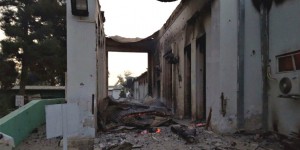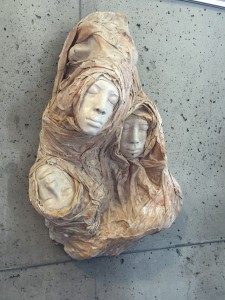The debate of science versus religion has been one heavily discussed and debated for centuries, going back to the days where science was just beginning and the Pope reigned supreme. The idea has always been that the two clash and that religion is anti-science and vice versa. Dr. Gregory Sloan however took a fresh take on this age old conflict. The basis of his argument was that religion does not counter science but instead is a scape goat for the real things opposing science. It was interesting to hear this talk as it is not something I think about often. I am a science major from a religious family and yet I have never though about the irony and history of science and religion. It was refreshing to hear an argument that did not pit science and religion against each other, but instead chose to look at other possible oppositions. While many religions tend to be on the conservative side it is not fair to claim that that conservativeness is the reason religious people oppose science. According to the most religious documents, plastic, pork, and other commodities are sins. So how can someone eating a hot dog and sipping soda out of a plastic cup claim that they don’t believe in a scientific theory because of religion?
Simply put, there are many other reasons people do not want to believe in a scientific theory. As Sloan suggested, the Galileo’s famous Inquisitions may have been more for money and power than for religion. Psychologically, it has been found that people do not like change, they like things to stay consistent. This means that if there is a new scientific study that completely undermines everything they have known, they are less likely to instantly believe it and are more likely to claim it is false.
Many people are always going to want to believe in something so they turn to religion, but there is no denying that science has an important role in modern society. I believe the two do not add or take away from each other. Religion gives people something to believe in about what is beyond us and what comes after this world while science provides answers and truths about the world around us.








